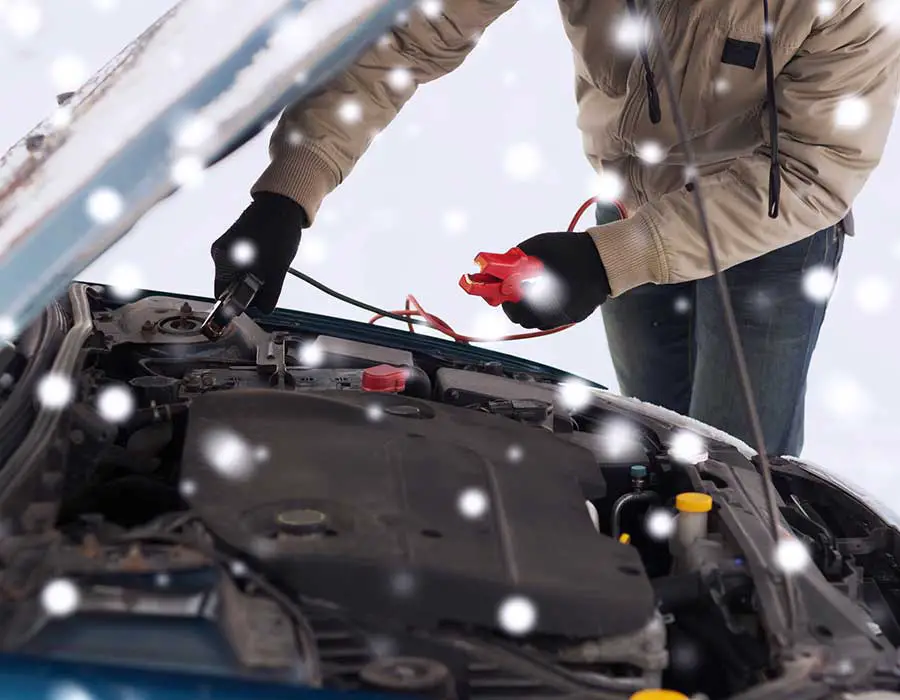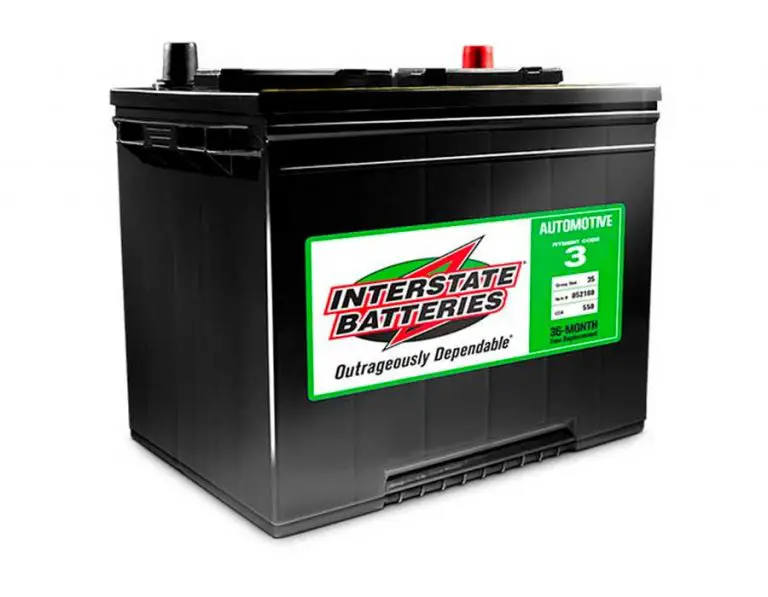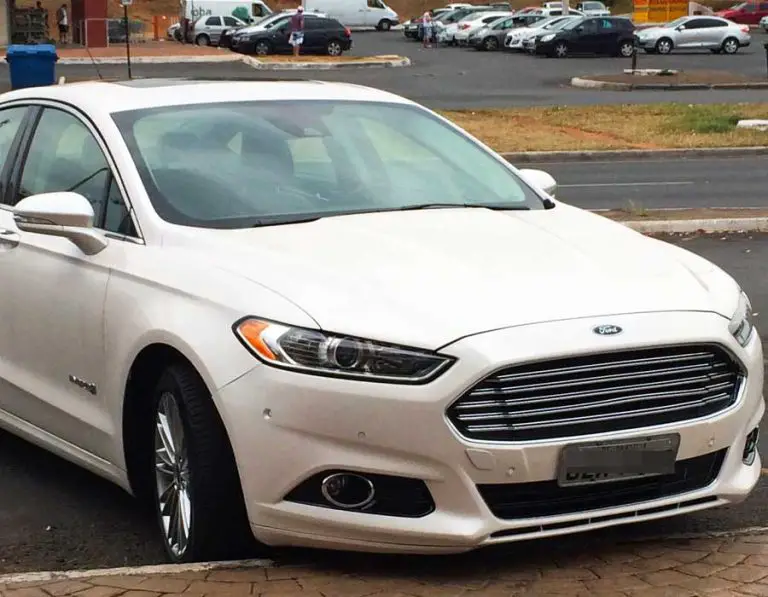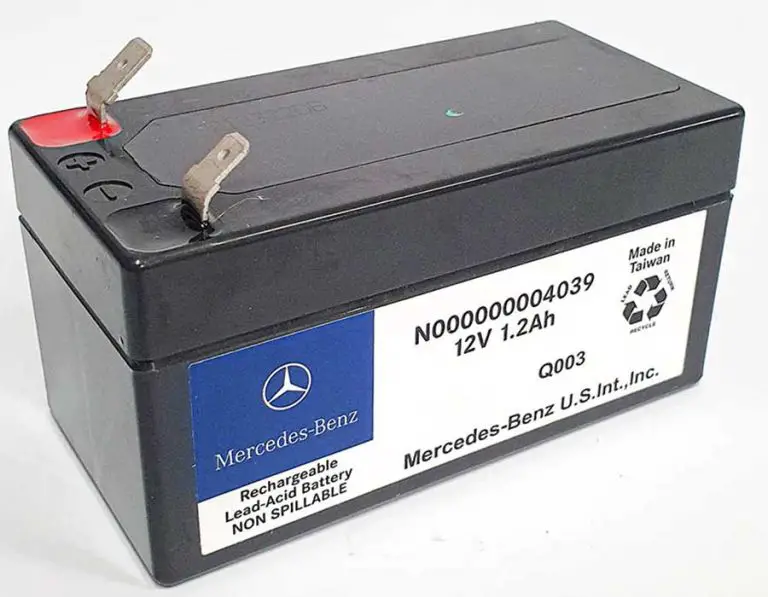What Are the Signs and Symptoms of a Low CCA Battery?
Imagine you’re running late for work on a chilly Monday morning. As you leave your home, you discover that your car is laden with snow. The loaded snow tests your patience, and so does the car’s frozen door handle.
But once you clear the snow off your vehicle and finally get into the car, you encounter yet another challenge: the car refuses to start.
Over the surface, it seems the December snow was the culprit, which perhaps was. But another thing to blame is your car’s low CCA battery.
Dim headlights, non-functional AC systems, failing windshield wipers, and above all, an inoperative car are a few symptoms of a low CCA battery.
This guide sheds light on a battery’s CCA, its importance, and common signs a car shows due to a low CCA battery.
What Are Cold Cranking Amps (CCA) on a Car’s Battery?
CCA refers to a battery’s ability to power an engine in cold temperatures. Generally speaking, starting a car in warm climates is easier than powering it up in cold weather.
The CCA rating signifies the amp numbers a 12-volt battery can deliver for 30 seconds at 0F. The consistent voltage at this point must be around 7.2 volts. Otherwise, you’ll struggle to get your vehicle working.
So, the higher a battery’s CCA rating, the better.

Cold Cranking Amps – A Brief History
To gain an in-depth understanding of cold-cranking amps, you must know the history behind conventional automobile engines. Before the electric vehicle starting system was introduced, people used a hand crank to start the engine.
This wasn’t a safe task. Plus, it required a strenuous amount of effort to crank the engine.
Gladly, Cadillac, an American automobile manufacturer, introduced the electric engine starter in 1912. The new invention surfaced the concept of starting the engine using a battery.
The power was strong enough to get the engineer working. Hence, the hand crank wasn’t needed anymore. Other vehicle industries followed the concept 8 years later, giving birth to the automotive battery industry.
Signs and Symptoms of a Low CCA Battery
You can easily spot a low CCA battery because your car would start acting up. However, you must know the precise signs that indicate a poor CCA rating to take action accordingly.
The Car Fails to Start
Your car needs optimal current to start the engine. A low CCA battery, unfortunately, deprives your vehicle of the current it needs to power the engine.
Your car would fail to work when the electric motors do not receive enough current to produce heat and get the engine working.
You Hear Fast Clicking Noises
Hearing clicking noises when trying to start the vehicle is yet another sign of a low CCA battery. It indicates an underlying problem with the car’s electrical system.
When the delivered electricity is lower than the required amount, the battery fails to power the engine, and the car refuses to start.
The Headlights are Dimmer than Usual
When the car’s engine fails to power up, nothing else works. You’ll struggle to start the electric components of your vehicle, including the headlights.
In fact, simple tasks like listening to the radio will considerably consume the battery.
Monitor the car’s headlight performance. Dim or weak headlights are a red flag. They indicate your car’s battery has a low CCA rating.
Air Conditioning Isn’t Working Properly
Your car’s functionality relies on the battery. You’ll struggle to get the AC working when the battery fails.
So, if your AC isn’t cooling your vehicle as it should or simply fails to start, it signifies a low CCA battery rating.
The Vehicle Starts On Pushing Down the Gas Pedal
If your car only starts when you push down the gas pedal, it indicates a low CCA battery rating. Your car’s ignition system should be enough to power the engine.
Windshield Wiper Failure
Your vehicle’s windshield wiper directly depends on the battery. So, if it fails to work, it signifies an underlying battery problem – a low CCA rating in our case.
The Engine Takes Longer to Start
Maybe you got the engine working after a few attempts, but you struggled by the end of the day. Your vehicle took longer than usual to start. So, it also means you have a low CCA battery on your car.

What to Do About a Low CCA Battery?
A low CCA battery will significantly impact the car’s performance even if you own a prestigious car model. So, here’s what you can do about it.
Increase the Battery’s CCA
You can increase a battery’s CCA by introducing internal thin lead plates and strong electrolytes. However, we do not recommend you do this if you aren’t a professional.
Battery-related tasks are best left to experienced technicians who know the ropes of how car batteries work.
Replace the Battery
Another obvious fix is to replace the car’s battery. Opt for a battery with a higher CCA rating – ideally, 500.
How to Check the CCA Value of a Battery?
Observe the car’s model number to check the battery’s CCA value. The EN-standard batteries have a 9-digit number, and the last 3 indicate the CCA value.
On the other hand, DIN standard batteries have 5-digit numbers, and the second and third indicate the CCA value. You can check the Battery CCA Values Guide to determine the CCA value of your car battery.
Alternatively, you can measure the cold cranking amps using a multimeter. Attach the device to the car’s battery terminals and start the vehicle.
However, note that you’d need one more person for the task. One of you must control the ignition as the other checks for variations as the engine runs.
You’re good to go if the value dips to 10V on starting the engine and then rises to 12V. On the flip side, a considerable drop in the voltage signifies a low CCA value.
Final Words
High CCA battery ratings keep you from running into troublesome scenarios, especially during winter. So, if you encounter battery issues and your car fails to start during cold temperatures, you have a battery with low CCA.
You can, however, always consider replacements to boost the battery’s functionality regardless of the season.






